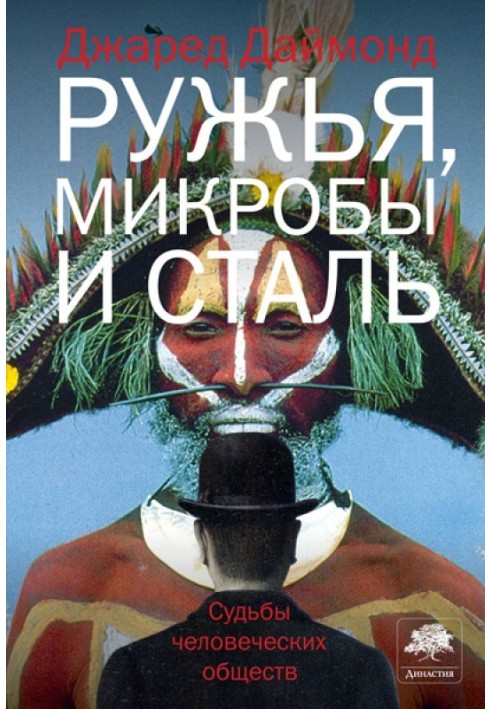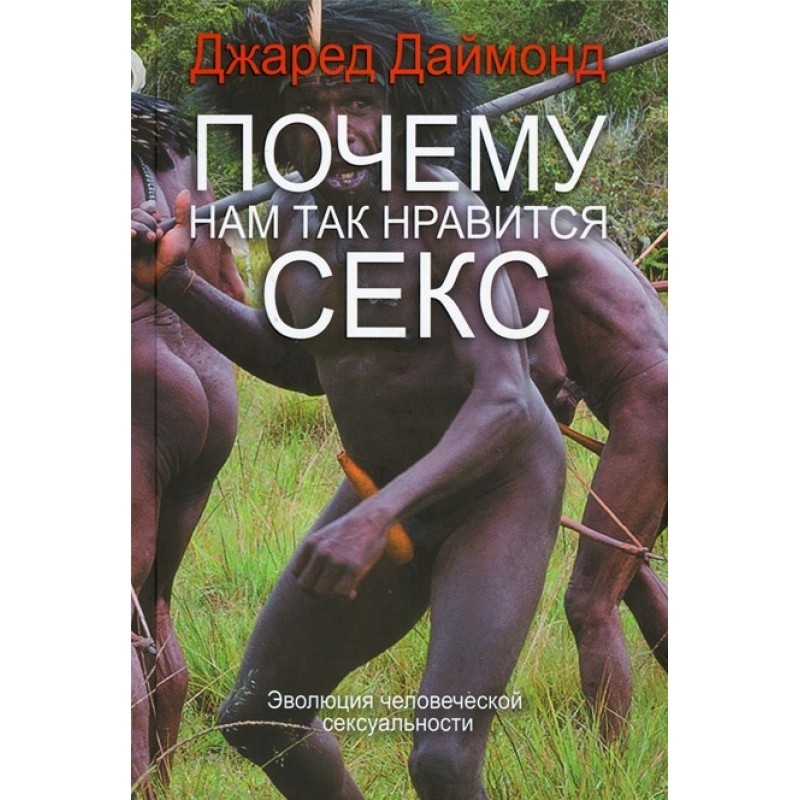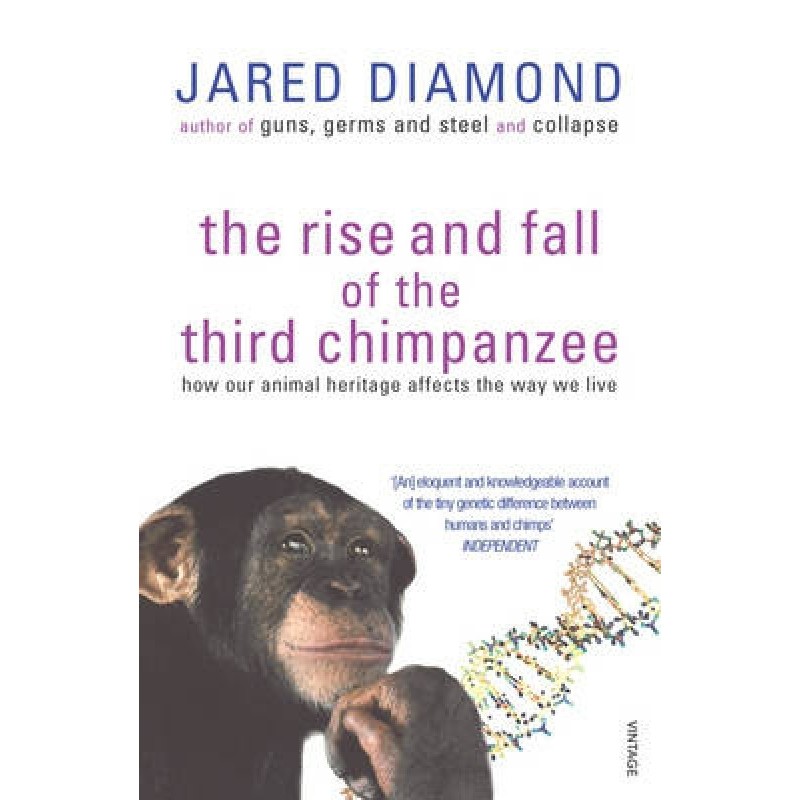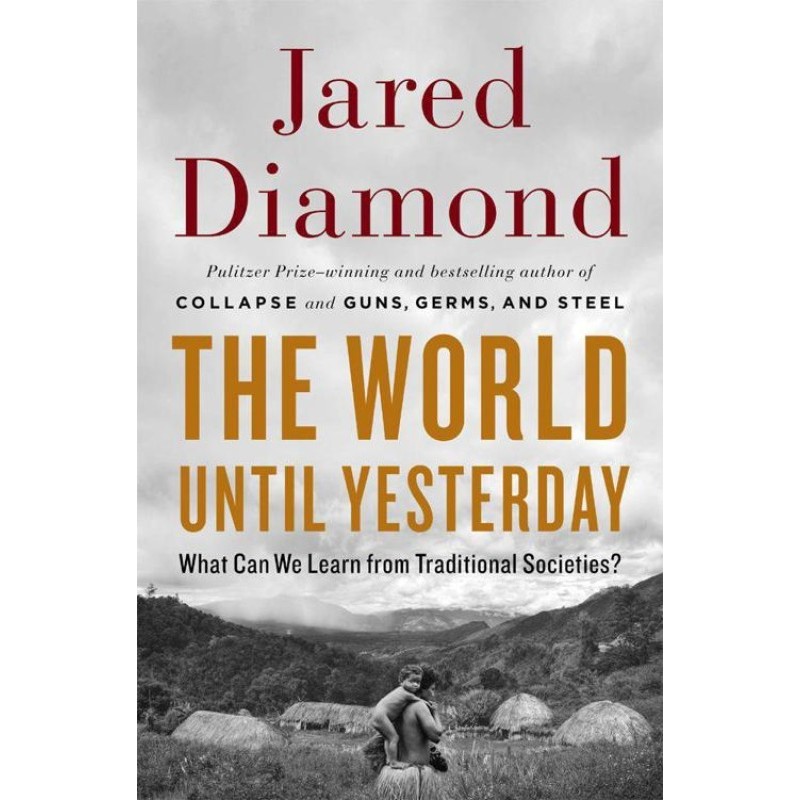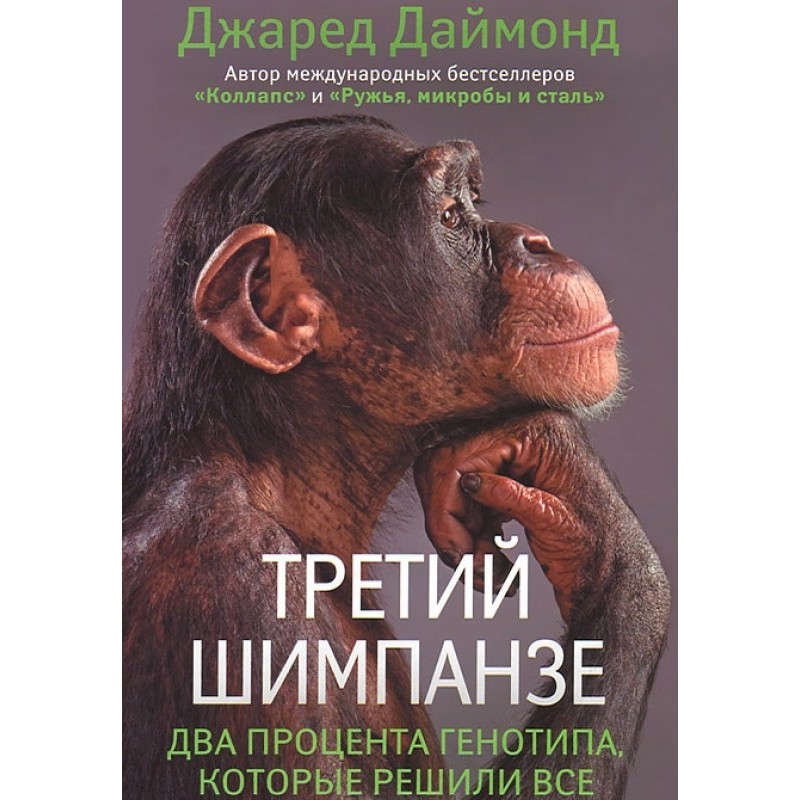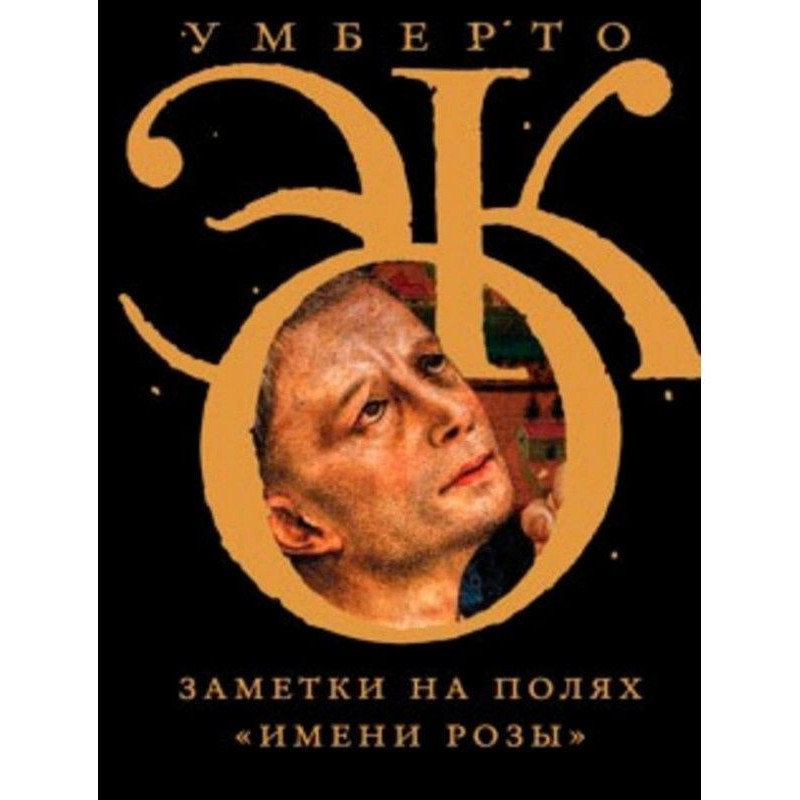Guns, germs and steel
 Instant download
Instant download
after payment (24/7)
 Wide range of formats
Wide range of formats
(for all gadgets)
 Full book
Full book
(including for Apple and Android)
This book by American ornithologist, physiologist and geographer Jared Diamond became an international bestseller and brought its creator the prestigious Pulitzer Prize, immediately turning the academic scientist into a star of the first magnitude. The question of why different regions of our planet developed so unevenly occupies many people today - for what reasons, for example, the Australian aborigines were never able to get out of the Stone Age, while Europeans learned to produce complex tools, build spaceships and transfer accumulated knowledge for next generations? Based on data from geography, botany, zoology, microbiology, linguistics and other sciences, Diamond convincingly argues that the asymmetry in the development of different parts of the world is not accidental and is based on many natural factors - such as habitat, climate, the presence of animals and plants suitable for domestication and even the outlines and size of continents. Citing many fascinating examples from his own rich experience of observing peoples commonly called “primitive”, as well as from world history, Diamond builds a coherent and convincing theory that allows the reader to rethink the hidden mechanisms of the development of human civilization.
Data sheet
- Name of the Author
- Джаред Даймонд Мэйсон
- Language
- Russian
- Translator
- Максим Владиславович Колопотин
Reviews
Вражаюче дослідження, яке змінює наше розуміння історії людства!
Книга "Рушниці, мікроби та сталь" Джареда Даймонда - це не просто наукова праця, а справжня подорож у глибини історії, яка відкриває читачеві нові горизонти розуміння розвитку цивілізацій. Даймонд майстерно поєднує різні наукові дисципліни, щоб пояснити, чому деякі народи змогли досягти технологічного прогресу, тоді як інші залишилися на стадії первісного суспільства. Його аргументи, спираючись на географічні, екологічні та біологічні фактори, звучать дуже переконливо і логічно. Книга насичена цікавими прикладами, які ілюструють його теорії, а стиль написання робить її доступною для широкого кола читачів. Це обов'язкове читання для всіх, хто цікавиться історією, антропологією та соціальними науками. Даймонд не тільки розкриває причини нерівномірного розвитку цивілізацій, але й спонукає нас замислитися над тим, як ці фактори впливають на сучасний світ. Рекомендую всім, хто прагне глибше зрозуміти людську історію та її механізми!

